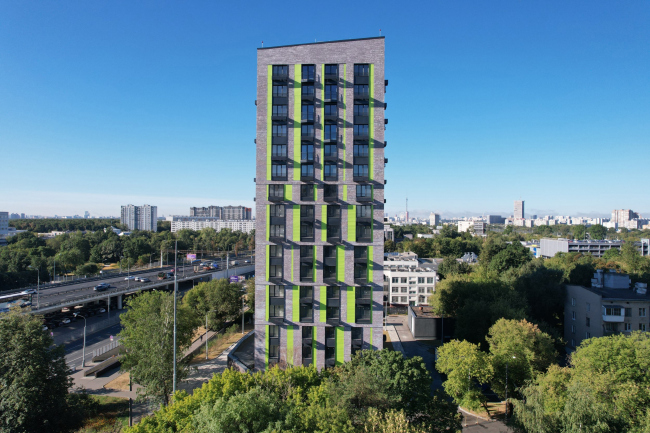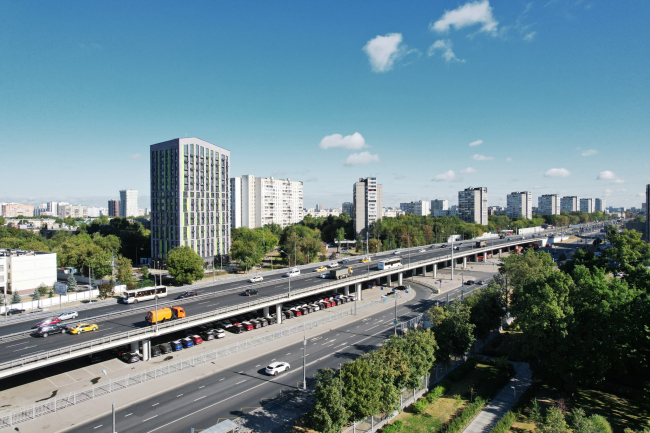|
Published on Archi.ru (https://archi.ru) |
|
| 19.03.2025 | |
|
The Sculpting of Spring Forest Matter |
|
|
Julia Tarabarina |
|
| Architect: | |
| Andrew Mikhailov | |
| Sergey Nikeshkin | |
| Studio: | |
| KPLN | |
|
We’ve been observing this building for a couple of years now: seemingly simple, perhaps even unassuming, it fits in remarkably well with the micro-district context shaped by the Moscow MCD road junctions. This building sticks in the memory of everyone who drives along the highway, even occasionally. In our opinion, Sergey Nikeshkin, by blending popular architectural techniques and approaches of the 2010s, managed to turn a seemingly simple structure into a statement “on the theme of a house as such”. Let’s figure out how this happened. The stretch of Yaroslavskoye Highway between the MCD and the MKAD is the eastern part of the former city of Babushkin, which became part of Moscow in 1960 and was filled with micro-district developments in the 1970s. The highway stretches for six kilometers between the railway and Losiny Ostrov, with residential buildings lining most of it, interspersed with a few car dealerships and shopping centers. The only structure that stands out here is Moscow State University of Civil Engineering, a good example of somewhat neglected Soviet modernist architecture. On the opposite side of the highway, there is a uniform row of 16-story block towers of the II-68-01/16 series. These are positioned at an angle to the road as accents, but due to their repetitive design and the grayish tone of both the buildings and their surroundings, they blend into a monotonous sequence in the eyes of passing drivers. The housing complex "Yaroslavskoe Highway, 51"Copyright: Photo © Dmitry Yagovkin / provided by KPLNIt doesn’t quite resemble what comes before or after it. Yet, the building fully belongs to its time – the late 2010s and early 2020s. Future historians will likely identify plenty of “dating features” here. Façade panels that imitate gray-brown brick with a metallic sheen – check. Vertical alignment of windows to enhance slenderness – check. Asymmetrical colored inserts of lime-green metal panels – check. Decorative grilles for air conditioner boxes – check. A public first floor with a children’s center – check. The ground floor, more visible and accessible for observation, is clad in real “one-and-a-half” bricks – let’s call that five and a half. And finally, pitched roofs, stylizing or referencing traditional architecture, but reimagined at a larger, 16-story scale. The housing complex "Yaroslavskoe Highway, 51"Copyright: Photo © Dmitry Yagovkin / provided by KPLNIn addition to the popular architectural techniques relevant to Moscow in a certain period, the building also responds to its context. For instance, its height matches that of the towers from the 1970s – 16 stories; although the floors are slightly larger, the height is 60 meters, whereas the maximum allowed at the time of design was 75 meters. So, it’s taller but not by much, and like a primus inter pares, it’s the leader of the pack. The brown-green color scheme here is read as a “tribute” to the surrounding greenery, as this is the point where the Losinka River is closest to the city, and there’s plenty of vegetation in the micro-districts around. The combination of brick and colored metal, which often raises questions, is actually quite fitting here: the tiles resemble tree bark, and the green panels resemble leaves. It’s as if the geometry of the building was sculpted from the fabric of a spring forest – a sight pleasing to almost any eye. 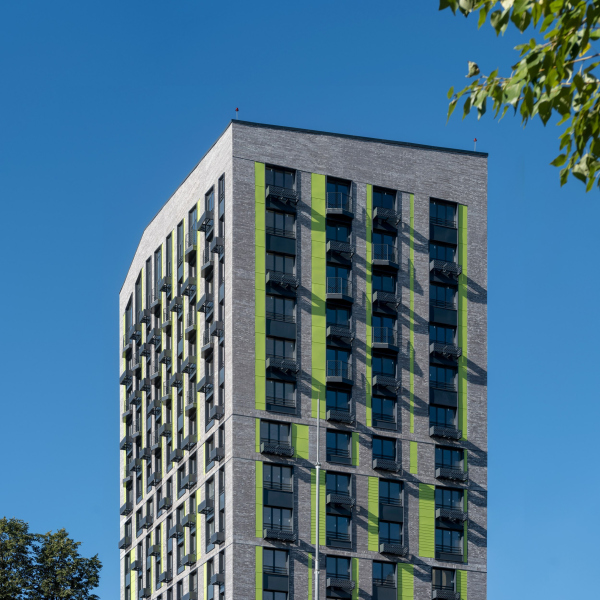 The housing complex "Yaroslavskoe Highway, 51"Copyright: Photo © Dmitry Yagovkin / provided by KPLN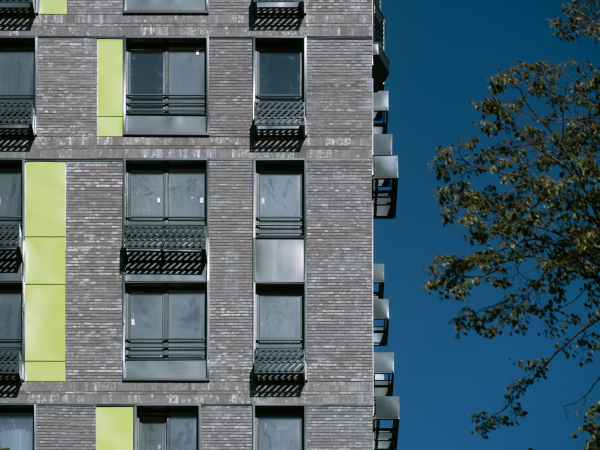 The housing complex "Yaroslavskoe Highway, 51"Copyright: Photo © Dmitry Yagovkin / provided by KPLNThe building, which technically belongs to the category of so-called “pinpoint development” since it occupies its designated plot entirely, is, on one hand, not squeezed in, as low-rise five-story buildings surrounded by American maples still have plenty of space around it. On the other hand, and this is particularly noticeable when passing by on the highway, it is well-proportioned and “sculpted” from its “spring fabric”. Compact but not “stout”, it faces the city with a more elegant side, and the window arrangements work successfully to enhance the building’s slenderness without overextending, while the varying widths of the color stripes add life without being overly bright. Nothing extraordinary, but everything is just right – perhaps that’s what makes it so pleasing? Of course, the building has a whole number of nuances about it. For example, there are two strips of tiles between each vertically aligned group of windows. The groups themselves look like this: at the bottom, a tall group, and at the top, a very tall group of six windows; in the center, there are two windows, and between them and the “attic” section, there is a row with just one window. While the brickwork highlights the window groups, the green panels correspond to each window with strips that give them a resemblance to glazed ceramics: each material “takes responsibility” for its part of the façade composition. The same “happy” green is used for the interior surface of the entrance loggia under the canopy. Finally, the black “background” metal, including the air conditioner boxes, is handled without excessive ornamentation, just as diagonal hatchwork. 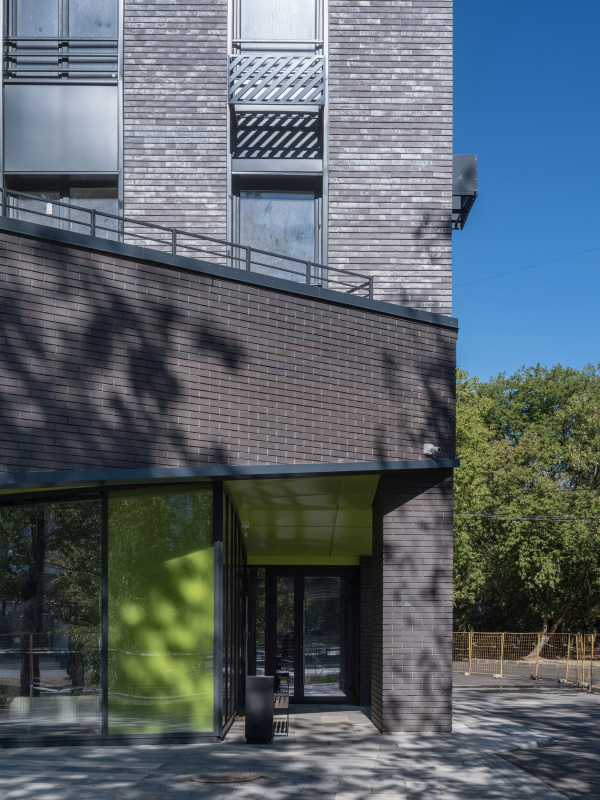 The housing complex "Yaroslavskoe Highway, 51"Copyright: Photo © Dmitry Yagovkin / provided by KPLN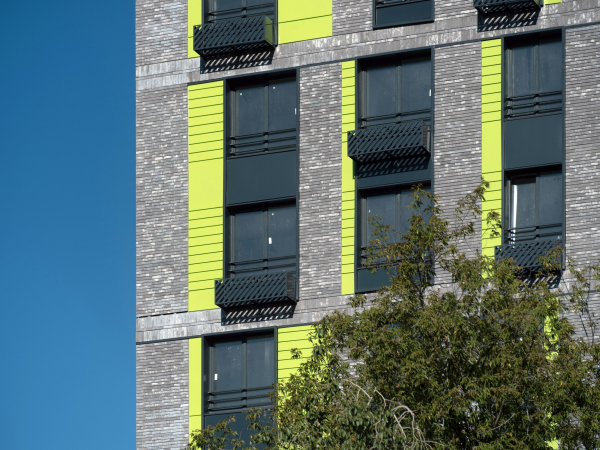 The housing complex "Yaroslavskoe Highway, 51"Copyright: Photo © Dmitry Yagovkin / provided by KPLNHowever, my favorite feature of this building is its interpretation of the gabled roof theme. In general, this theme is not exactly groundbreaking, and not only in the traditional, classical understanding of housing in the central Russian region, where snow should ideally slide off the roof. It also appears in modern formal and plastique-oriented experiments with gables, which contrast the mature modernist paradigm’s commitment to flat roofs. Over the past forty years, two slopes have practically become symbols of resistance to monotony, simplicity, repetitiveness, and the climate-inappropriateness of an excessively radical approach to modernism. Over roughly the same period, they have also received modern interpretations: large, without the cutting gable cornice, and deliberately asymmetrical. This set has become – well, not exactly “typical”, but favored by many architects, as it allows for the merging of modernity with a romantic nod to tradition or, let’s say, “historical memories”. 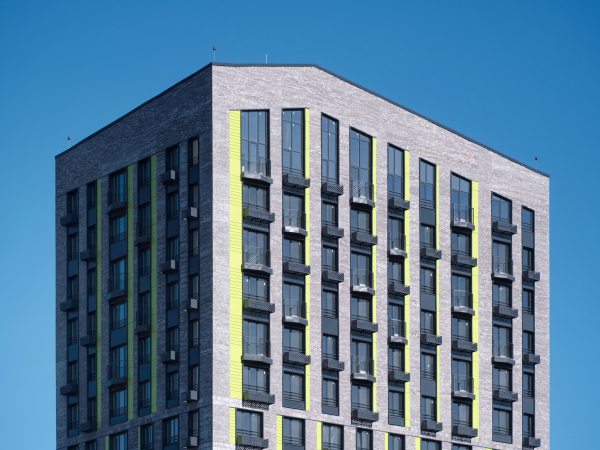 The housing complex "Yaroslavskoe Highway, 51"Copyright: Photo © Dmitry Yagovkin / provided by KPLN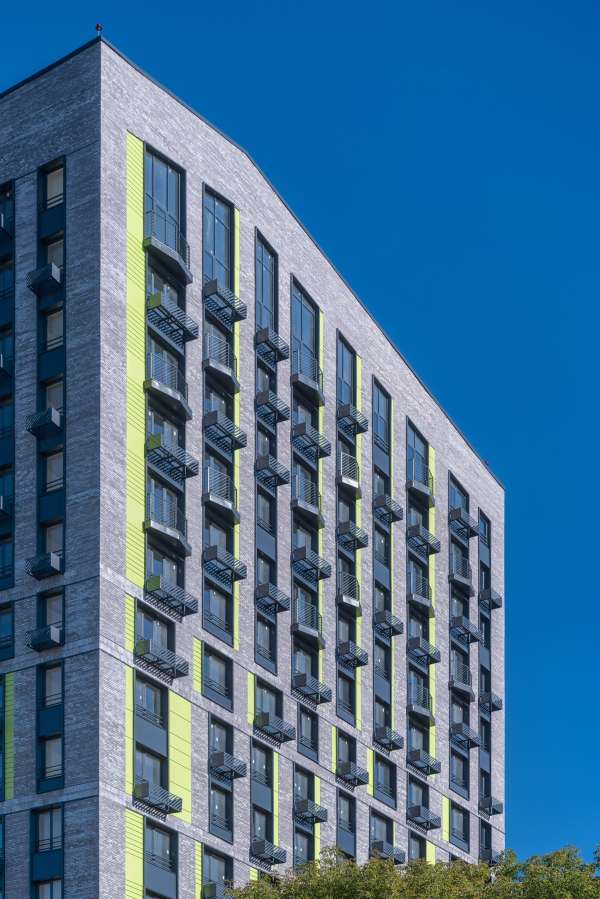 The housing complex "Yaroslavskoe Highway, 51"Copyright: Photo © Dmitry Yagovkin / provided by KPLNIn contrast to the 16-story towers of the 1970s, the building presents the Yaroslavskoye Highway with the silhouette of a large, asymmetrical gable. And there are no roofs designed to shed snow, as seen on the nearby five-story buildings, nor any attics – it’s simply not modern. Instead, there’s a roof with ventilation outlets, partly flat and partly truly gabled, and behind it, a penthouse apartment with double-height ceilings, sloped ceilings, and the possibility of adding mezzanines to further embellish the interior space. Meanwhile, the façade wall of the gable facing the highway is raised higher than the roofline of this large apartment, fully concealing technical ledges and protrusions. 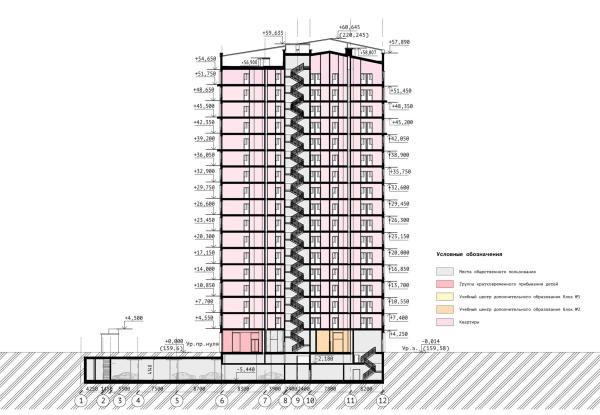 Section view 1-1. The housing complex "Yaroslavskoe Highway, 51"Copyright: © KPLN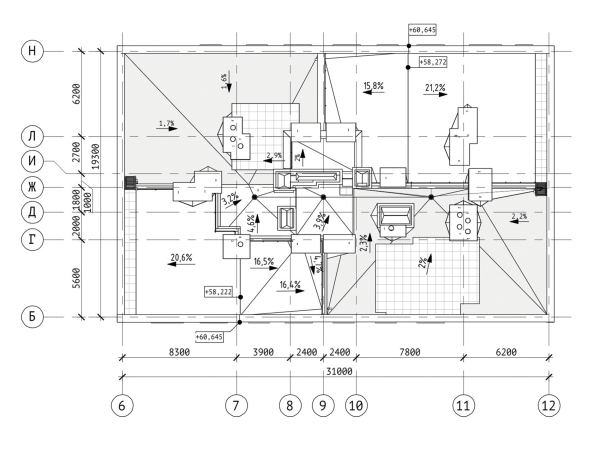 The roof plan. The housing complex "Yaroslavskoe Highway, 51"Copyright: © KPLNDue to the combination of dark gray-brown brick, green inserts, and the gabled silhouette, the building evokes – at least partially – the memory of once-existing village-style construction in the town of Babushkin: private wooden houses and gardens, which are still marked on the 1968 map. Do you by any chance remember the little country house against the backdrop of new multistory buildings, which marks the beginning of the Soviet cartoon about the kitten named Gav? In this area, as in many other places, there was a sort of “advance” of urban neighborhoods onto rural gardens and homes. Well, one could imagine Sergey Nikeshkin’s new house as a kind of “monument” to all those rural houses that are all but history now. A new word in modern construction, which, paradoxically or perhaps quite logically, evokes memories of the old. Of course, it evokes them on a whole new scale, with new proportions, and new details being introduced – but it still resembles a generalized, well, like in the cartoon, depiction of a country house; it’s ready to “stand” for all the lost gardens, and this is exactly what it’s doing here – behold! – it stands for them! What’s particularly curious – and perhaps partly confirms the above metaphorical hypothesis – is the fact that the architects carry the form of two gables everywhere in this project. They do so in the form of balconies as well: here, there are air conditioner boxes, rectangular in shape, and balconies, pentagonal in plan, looking like an icon of a house. If we look at the floor plan of the first floor, we’ll find the same outline there. It dictates, among other things, the prominent brick canopy above the public first level. All of these things, unlike the façade design, are not easily read by a casual observer, a pedestrian, or a motorist; even the resident of the house might not notice such details, at least, not at once. Yet, they add a meaningful axis, a “raisin”, a micro-puzzle to the otherwise simple solution of the residential multi-apartment building. On the surface, it seems like just another building, one of many Moscow new constructions built according to the rules and “common decencies” of recent years. But, besides all that, there’s this “idea of the house” or “the archetype of the house” clearly seen about it: in the contours of the façade, the plan, or even the balconies. When you discover this rhyme, seemingly not essential, you understand: the house is simple, but it’s anything but authorless. 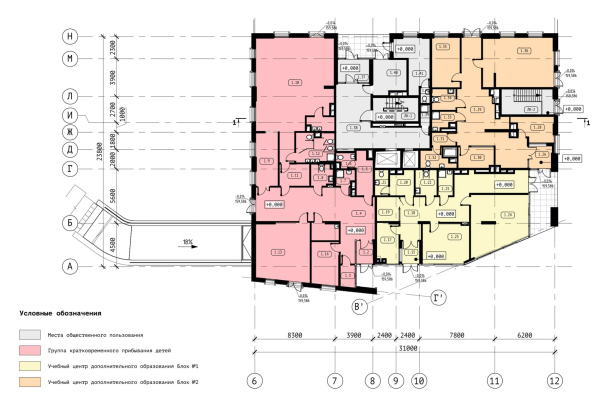 Plan at zero elevation. The housing complex "Yaroslavskoe Highway, 51"Copyright: © KPLN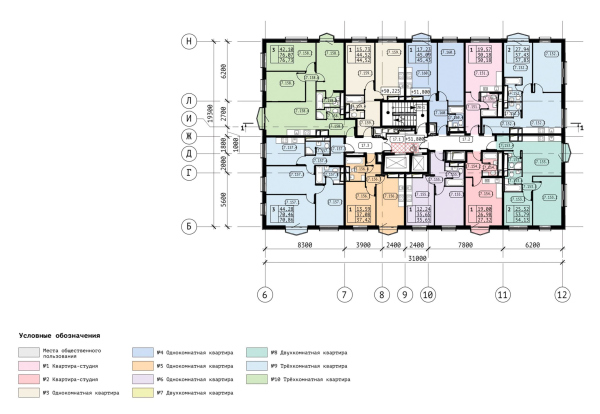 Plan at elevation +51.8. The housing complex "Yaroslavskoe Highway, 51"Copyright: © KPLN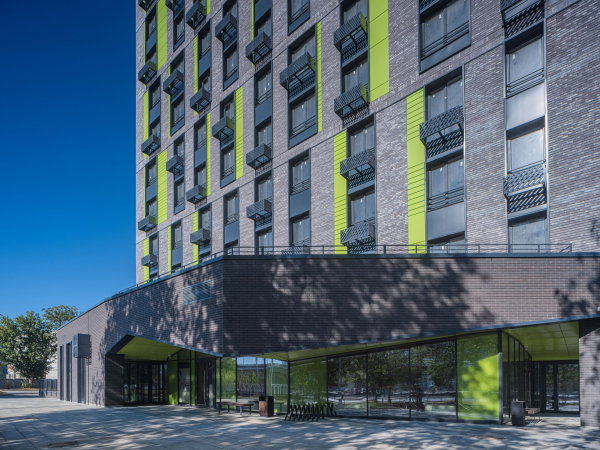 The housing complex "Yaroslavskoe Highway, 51"Copyright: Photo © Dmitry Yagovkin / provided by KPLN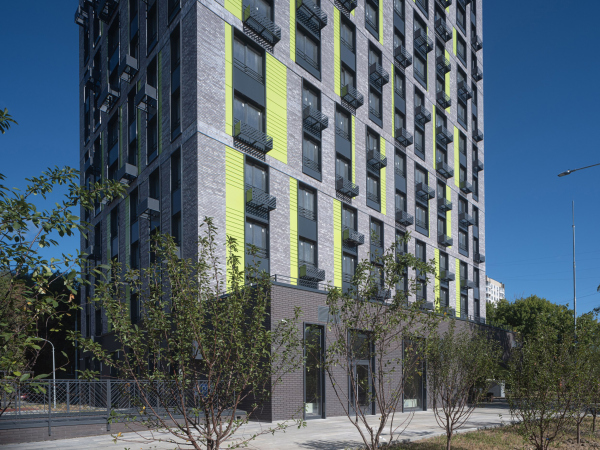 The housing complex "Yaroslavskoe Highway, 51"Copyright: Photo © Dmitry Yagovkin / provided by KPLN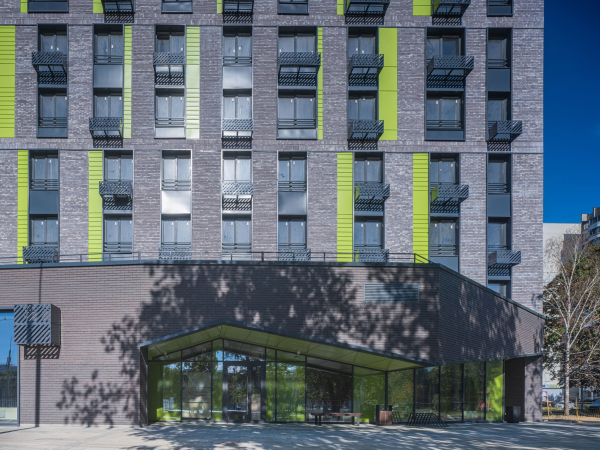 The housing complex "Yaroslavskoe Highway, 51"Copyright: Photo © Dmitry Yagovkin / provided by KPLN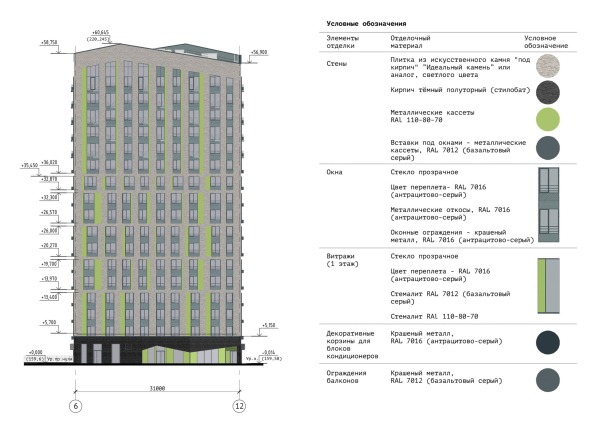 The facade in axes 6-12. The housing complex "Yaroslavskoe Highway, 51"Copyright: © KPLN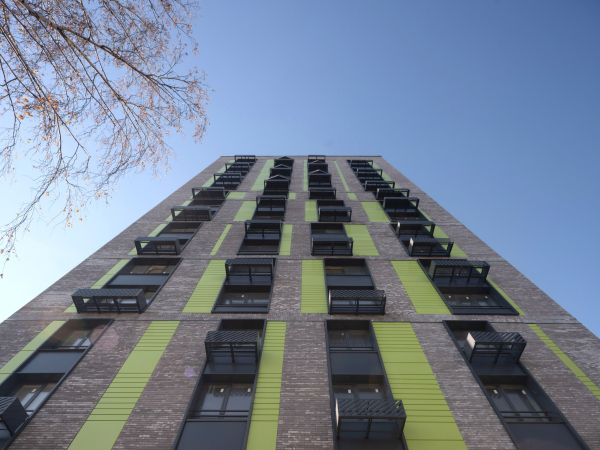 The housing complex "Yaroslavskoe Highway, 51"Copyright: Photo © Dmitry Yagovkin / provided by KPLN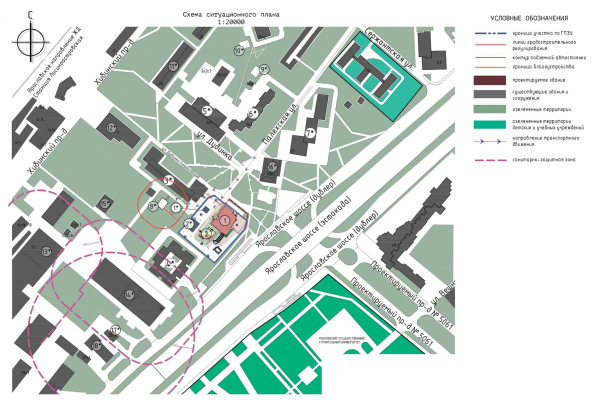 Location plan. The housing complex "Yaroslavskoe Highway, 51"Copyright: © KPLN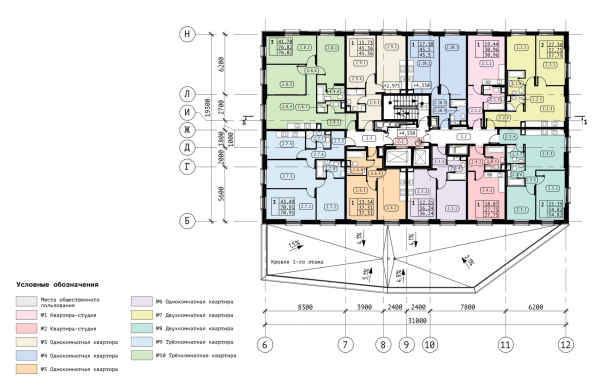 Plan at elevation +4.55. The housing complex "Yaroslavskoe Highway, 51"Copyright: © KPLN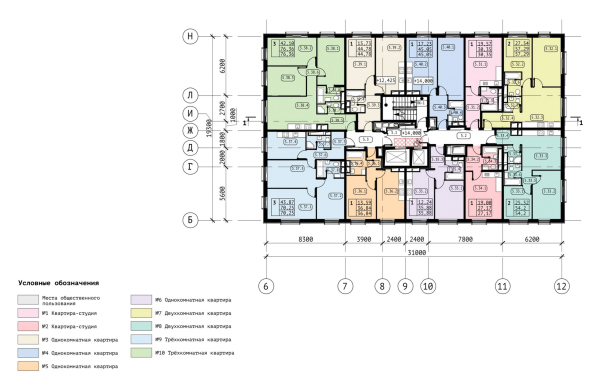 Plan at elevation +14. The housing complex "Yaroslavskoe Highway, 51"Copyright: © KPLN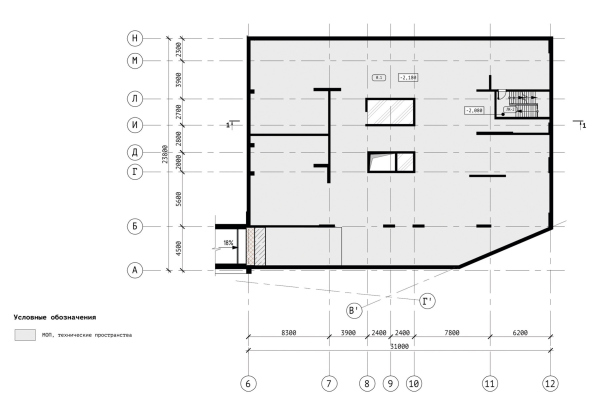 Plan at elevation -2.18. The housing complex "Yaroslavskoe Highway, 51"Copyright: © KPLN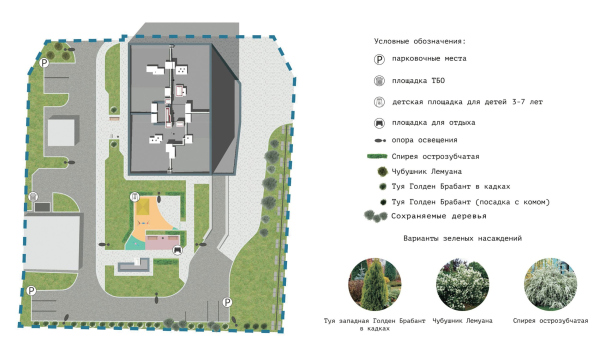 The landscaping plan. The housing complex "Yaroslavskoe Highway, 51"Copyright: © KPLN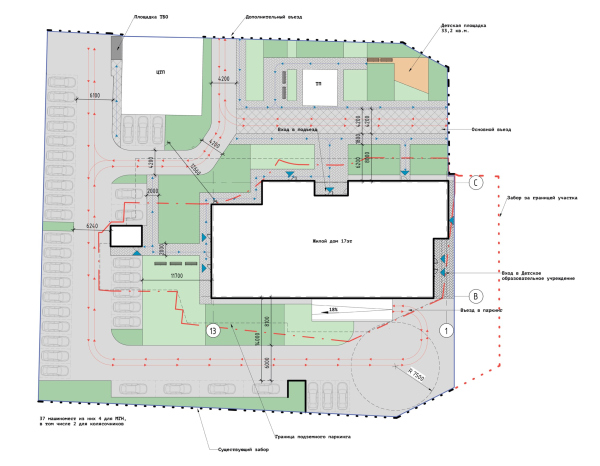 The master plan. The housing complex "Yaroslavskoe Highway, 51"Copyright: © KPLN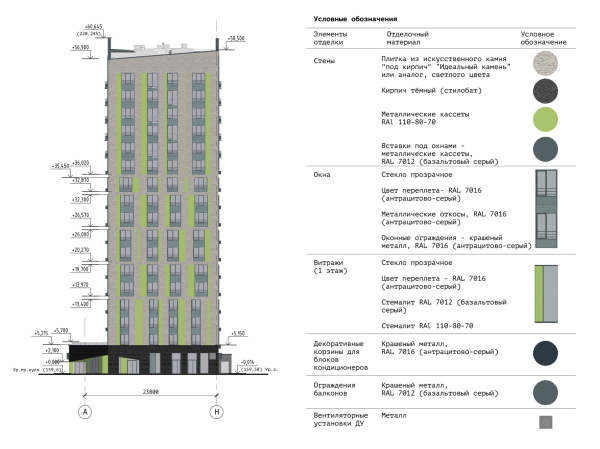 The facade in axes A-H. The housing complex "Yaroslavskoe Highway, 51"Copyright: © KPLN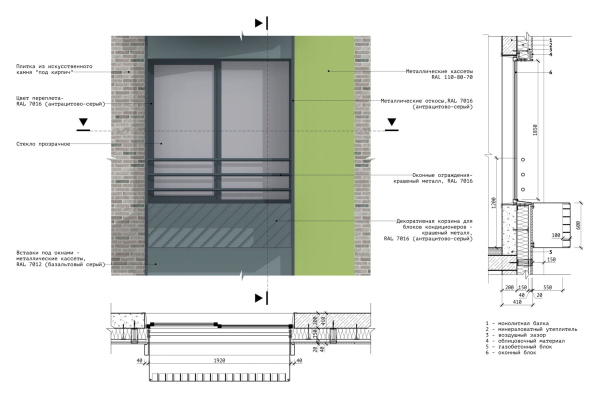 Facade fragment 1. The housing complex "Yaroslavskoe Highway, 51"Copyright: © KPLN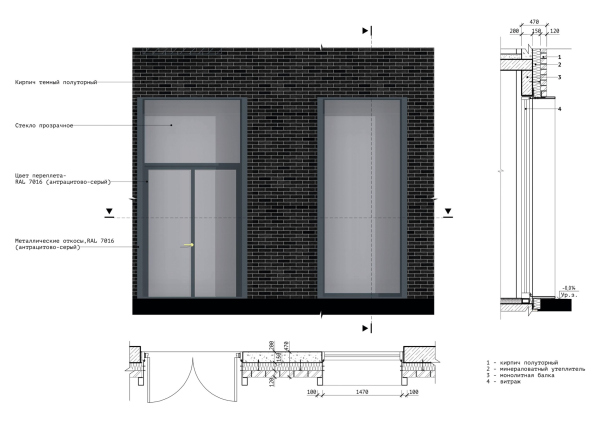 Facade fragment 1. The housing complex "Yaroslavskoe Highway, 51"Copyright: © KPLN |
|
